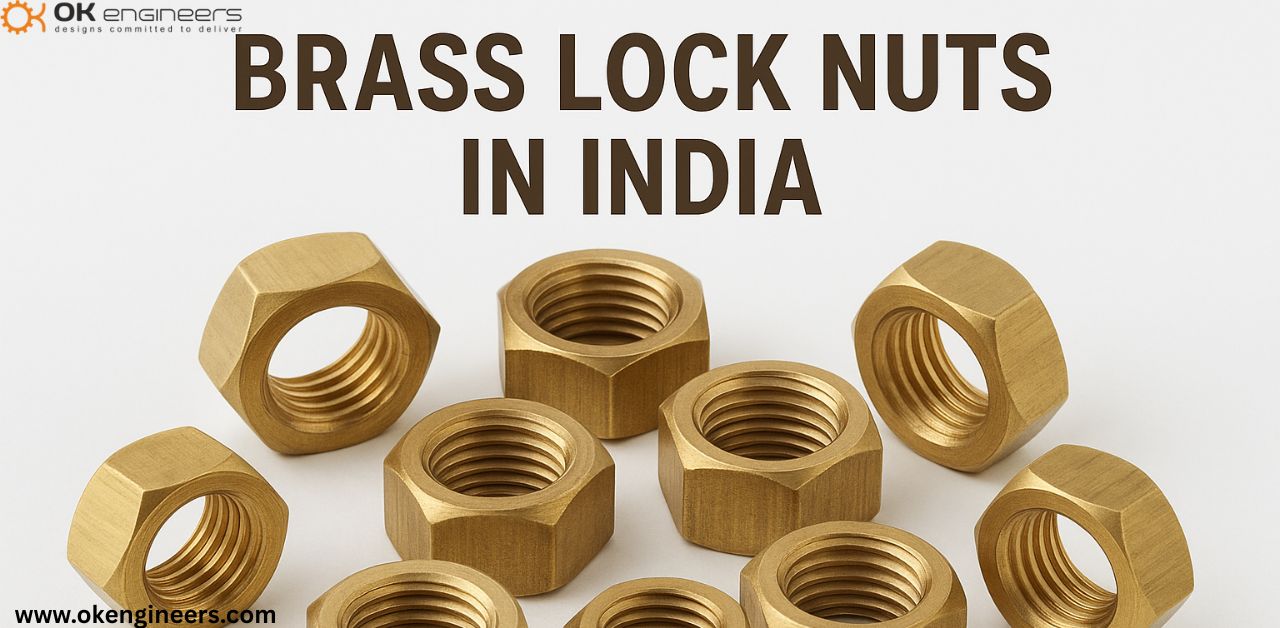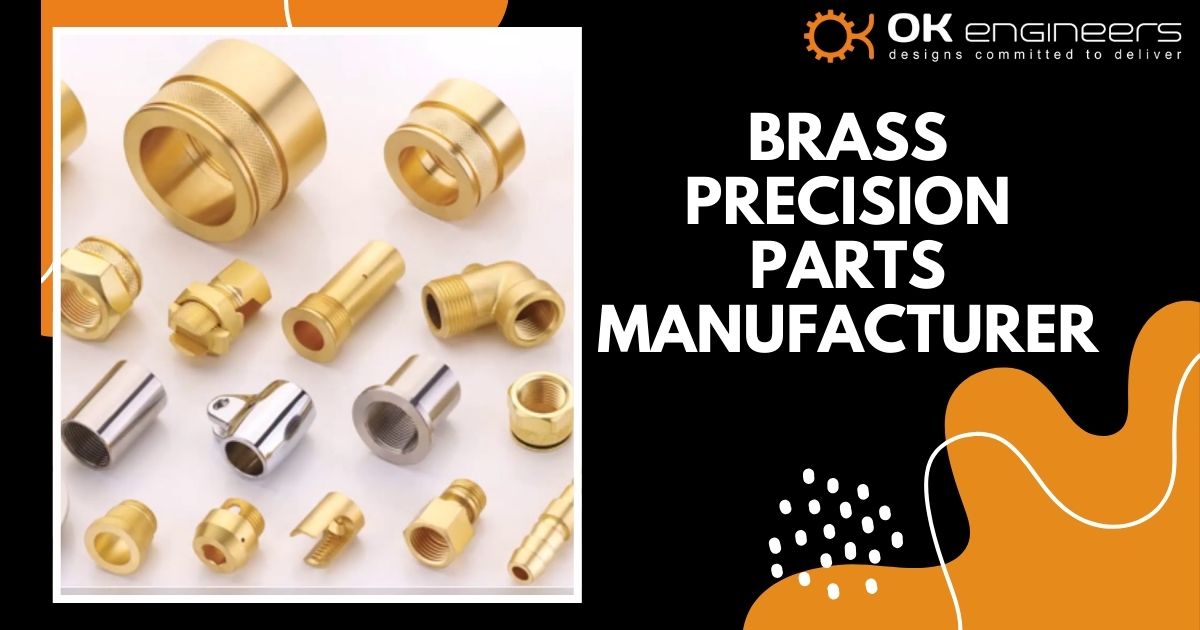Behind the Shine: A Deep Dive into the World of Brass Decorative Parts Manufacturing

Strong 8k brings an ultra-HD IPTV experience to your living room and your pocket.
When you think of elegance and sophistication in design, brass often comes to mind. Its warm, golden hue and inherent luster make it a popular choice in various applications, from architectural elements to decorative hardware. In this blog, we will explore the fascinating world of brass decorative parts manufacturing, focusing on the processes, challenges, and innovations that define this industry. As a leading Brass Decorative Parts Manufacturer, we understand the intricate balance of art and engineering that goes into every piece we create.
The Allure of Brass
Brass, an alloy primarily composed of copper and zinc, has been used for centuries due to its durability, resistance to corrosion, and aesthetic appeal. The natural shine of brass can enhance any décor, making it a sought-after material in various industries, including:
Interior Design: Brass fixtures and decorative elements can elevate the style of any room.
Architecture: From door handles to lighting fixtures, brass adds a touch of elegance to buildings.
Art and Craft: Artisans use brass to create intricate sculptures and decorative items.
Automotive: Brass components are used in many vehicles for both aesthetic and functional purposes.
The versatility of brass makes it a go-to material for many manufacturers, leading to a thriving market for brass decorative parts.
The Brass Manufacturing Process
The journey of creating brass decorative parts begins with the selection of raw materials. Here’s a breakdown of the typical manufacturing process:
1. Sourcing Raw Materials
Brass is primarily made from copper and zinc, but other metals like lead, tin, or aluminum may be added to enhance specific properties. Sourcing high-quality raw materials is crucial, as it directly impacts the final product's strength, corrosion resistance, and appearance.
2. Melting and Alloying
Once the raw materials are procured, they are melted in a furnace at high temperatures. The melting process must be carefully controlled to ensure a uniform alloy. This is where the precise proportions of copper and zinc are mixed, along with any other additives.
3. Casting
After the alloy is prepared, it is poured into molds to create various shapes and sizes. The casting process can be done using different methods, including sand casting, die casting, or investment casting, depending on the complexity of the part being produced.
4. Machining
Once the brass has cooled and solidified, the next step is machining. This involves removing excess material to achieve the desired shape and finish. Advanced CNC (Computer Numerical Control) machines are often used for precision machining, ensuring each part meets exact specifications.
5. Finishing
After machining, the parts undergo various finishing processes to enhance their appearance and protect against tarnishing. This may include polishing, plating, or applying protective coatings. The finishing step is crucial, as it affects both the aesthetic appeal and longevity of the decorative parts.
6. Quality Control
Before the parts are shipped out, rigorous quality control measures are implemented. Each piece is inspected for defects, ensuring that only the highest quality products reach customers. This commitment to quality is what sets a reputable Brass Decorative Parts Manufacturer apart from the rest.
Innovations in Brass Manufacturing
The brass decorative parts manufacturing industry is continually evolving, driven by technological advancements and changing consumer demands. Here are some recent innovations that are shaping the future of brass manufacturing:
1. Sustainable Practices
As environmental concerns grow, many manufacturers are adopting sustainable practices. This includes using recycled materials, minimizing waste, and reducing energy consumption during production. Sustainable brass manufacturing not only benefits the planet but also appeals to eco-conscious consumers.
2. Advanced Manufacturing Technologies
The introduction of advanced technologies, such as 3D printing and automation, is revolutionizing brass manufacturing. 3D printing allows for the rapid prototyping of designs, enabling manufacturers to create complex shapes that were previously difficult to achieve. Automation improves efficiency and consistency in production, reducing lead times and costs.
3. Customization
In today’s market, customization is key. Customers increasingly seek unique designs tailored to their specific needs. Brass manufacturers are responding by offering customizable options, from intricate engravings to bespoke shapes. This trend allows designers and architects to express their creativity while ensuring that the final product fits perfectly into their projects.
Challenges in Brass Decorative Parts Manufacturing
While the brass decorative parts industry offers many opportunities, it also faces several challenges:
1. Fluctuating Material Prices
The prices of copper and zinc can be volatile due to market conditions and geopolitical factors. These fluctuations can impact production costs, making it essential for manufacturers to adopt effective pricing strategies.
2. Competition
The brass manufacturing sector is highly competitive, with numerous players vying for market share. To stand out, manufacturers must focus on quality, innovation, and customer service. Building strong relationships with customers and offering value-added services can help companies maintain a competitive edge.
3. Meeting Regulatory Standards
Manufacturers must comply with various industry regulations regarding safety, quality, and environmental impact. Keeping up with these standards can be challenging, requiring continuous monitoring and adaptation of manufacturing processes.
The Future of Brass Decorative Parts Manufacturing
The future of brass decorative parts manufacturing looks promising. As trends evolve and technology advances, manufacturers will continue to find new ways to innovate and meet customer demands. Here are a few trends to watch for in the coming years:
1. Increased Demand for Decorative Brass Elements
As interior design trends shift towards more classic and timeless aesthetics, the demand for decorative brass elements is expected to rise. Consumers are increasingly drawn to the warmth and elegance that brass brings to their spaces, making it a favored choice for home décor.
2. Expansion into New Markets
Emerging markets present significant growth opportunities for brass manufacturers. As economies develop and disposable incomes rise, consumers in these regions are likely to invest in quality home décor and decorative hardware.
3. Enhanced Digital Presence
With the rise of e-commerce, having a strong online presence is crucial for manufacturers. Companies that invest in digital marketing and online sales platforms will be better positioned to reach a wider audience and cater to changing consumer preferences.
Conclusion
Brass decorative parts manufacturing is an intricate blend of artistry and engineering. From sourcing raw materials to the final finishing touches, every step in the process contributes to the beauty and functionality of the products. As a dedicated Brass Decorative Parts Manufacturer, we take pride in our commitment to quality and innovation. The future of this industry is bright, with endless possibilities for growth and creativity. By embracing sustainability, advanced technologies, and customization, manufacturers can continue to shine in this dynamic market, delivering exquisite brass decorative parts that elevate design and craftsmanship to new heights.
Note: IndiBlogHub features both user-submitted and editorial content. We do not verify third-party contributions. Read our Disclaimer and Privacy Policyfor details.







